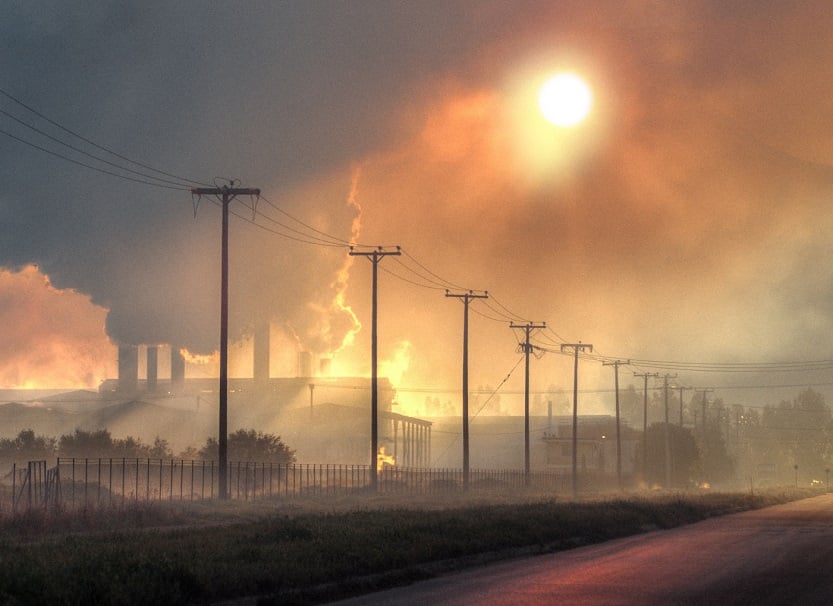EPA Adds Four New PFAS to Toxic Release Inventory, Continues Addressing Strategic Roadmap Goals
As part of its continued focus on per- and polyfluoroalkyl substances (PFAS) regulations, the U.S. Environmental Protection Agency (EPA) has added four PFAS substances to the Toxics Release Inventory (TRI) list, including PFBS (perfluorobutane sulfonic acid) and potassium perfluorobutane sulfonate as well as two compounds listed at by their chemical identifier numbers — CASRN 65104-45-2 and CASRN 203743-03-7. (more…)
EPA Enforcement Division Releases 2021 Statistics, Highlighting Higher Penalties and Commitment to Environmental Justice
On January 20, the U.S. Environmental Protection Agency (EPA) Office of Enforcement and Compliance Assurance (OECA) released its annual enforcement results for fiscal year 2021. OECA’s report provides some indication of the Biden EPA’s priorities for enforcement. Notably, OECA secured higher civil penalty amounts and financial commitments to injunctive relief in 2021 than in each of the previous four years, which supports the expectation that administrative enforcement actions in key priority areas will continue to increase during the Biden administration. (more…)

Could Proposed Laws in the U.S. and EU Help Save the Planet?
Momentum on climate action is unstoppable. Investors, businesses, and the public are demanding policymakers get serious about reducing emissions. Legislation from the U.S. and EU offers challenges and incentives for businesses worldwide. How will these proposed laws impact companies, and importantly, can they deliver on the promise of making tangible progress in the fight against climate change? (more…)
EPA Releases Draft Environmental Justice Plan
On January 5, 2022, the U.S. Environmental Protection Agency (EPA) released a draft Environmental Justice Action Plan. The Action Plan outlines measures that have been or will be implemented by EPA’s Office of Land and Emergency Management (OLEM) to address environmental justice (EJ) concerns in OLEM programs, including Superfund, emergency response, and risk management. (more…)
EPA Rescinds Trump-Era Civil Inspection Rule
On Thursday, December 30, 2021, the U.S. Environmental Protection Agency (EPA) issued a final rule rescinding a Trump-era rule that changed EPA procedures for on-site inspections. The Trump-era inspection rule converted EPA civil inspection practices into rules that must be applied in all civil inspections. The December 30 recission “restor[es] the flexibility needed when carrying out civil inspections under a myriad of circumstances” by allowing inspectors to respond to site-specific conditions on a case-by-case basis. (more…)
EPA Takes Two New Actions on PFAS
The U.S. Environmental Protection Agency (EPA) took two important actions in late December 2021 related to per- and polyfluoroalkyl substances (PFAS), a class of chemicals receiving increasing legislative and regulatory scrutiny in recent years. The two actions relate to drinking-water monitoring data and to toxicity and human-health testing data. (more…)
Head of DOJ Environmental Division Announces Enforcement Priorities
Todd Kim, Assistant Attorney General at the U.S. Department of Justice (DOJ) Environment and Natural Resources Division (ENRD), delivered remarks at the American Bar Association’s National Environmental Enforcement Conference on December 14, 2021. He provided insight into what DOJ plans to prioritize in environmental enforcement, centered on criminal enforcement, climate change, and environmental justice.
Kim emphasized that the purpose of enforcement is to ensure that businesses are properly incentivized to comply with the law through deterrence and to provide a level playing field, while protecting public health and the environment. He noted that DOJ has prioritized fighting corporate crime and is revising applicable polices, so ENRD will consider pursuing potential environmental and non-environmental crimes, as well as a business’s environmental and non-environmental track record in prosecution decisions.
Kim focused on methods of sector-wide enforcement, citing the Petroleum Refinery Initiative that involved settlements covering 112 refineries in 37 states since 2000. Kim also expressed an interest in more penetrating identification of all involved parties within a business, as well as in the full supply chain, where relevant. This focus could be especially impactful for importers of chemicals, pesticides, or wood products.
With these various tools in mind, Kim cited climate change and environmental justice as the two highest priority issues. For climate change, he indicated greater enforcement for air emissions from petrochemical plants and from facilities with refrigeration systems. For environmental justice, he provided a general assurance that ENRD is paying greater attention to potential violations in communities of color and low-income communities that may be disproportionately burdened by environmental hazards and harms.

